At Link, we know that every material choice makes a difference, especially when you’re working across 200+ markets and partnering with some of the world’s most iconic brands. Plastic Free July is more than a month-long awareness; it’s a global movement to rethink materials, reduce waste, and make smarter choices. For brands, it’s an opportunity to turn sustainability ambition into action.
As a marketing procurement provider, we work across packaging, promotional merchandise, prints, POSM, and hotel supplies, reducing impact and delivering ESG targets through thoughtful design and better sourcing.
Here are 10 plastic-free alternatives we’re championing across our global supply chain—each with the potential to reduce carbon footprint, improve recyclability, and build circularity into everyday brand touchpoints.
1. Recycled Cardboard (FSC-Certified)
Recycled cardboard uses significantly less energy and water than virgin paperboard, while helping keep fibre materials in use. FSC-certified stock guarantees responsible forest management and traceable supply.
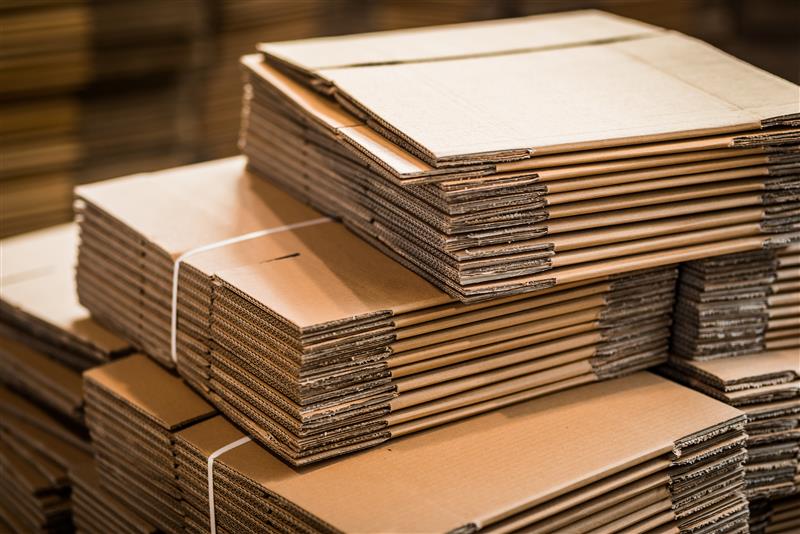
Why it’s better:
- Fully recyclable in all markets
- Can be printed with water- or soy-based inks
- Durable, lightweight, and widely available
- Promotes circularity and reduces landfill waste
2. rPET (Recycled Polyethylene Terephthalate)
rPET gives a second life to post-consumer plastic bottles, reducing dependence on virgin fossil-based resins. It offers the same performance as PET with up to 70% lower carbon emissions.
Why it’s better:
- Closed-loop recycling system
- Supports plastic diversion from oceans/landfill
- Strong and water-resistant
- Scalable and cost-effective
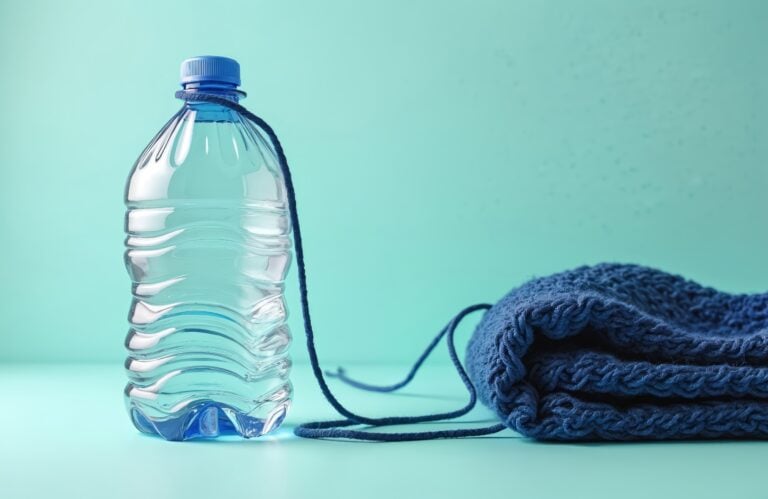
3. Bamboo
Bamboo grows rapidly without pesticides, making it one of the most sustainable raw materials on Earth. Its natural antibacterial properties make it ideal for reusable items.
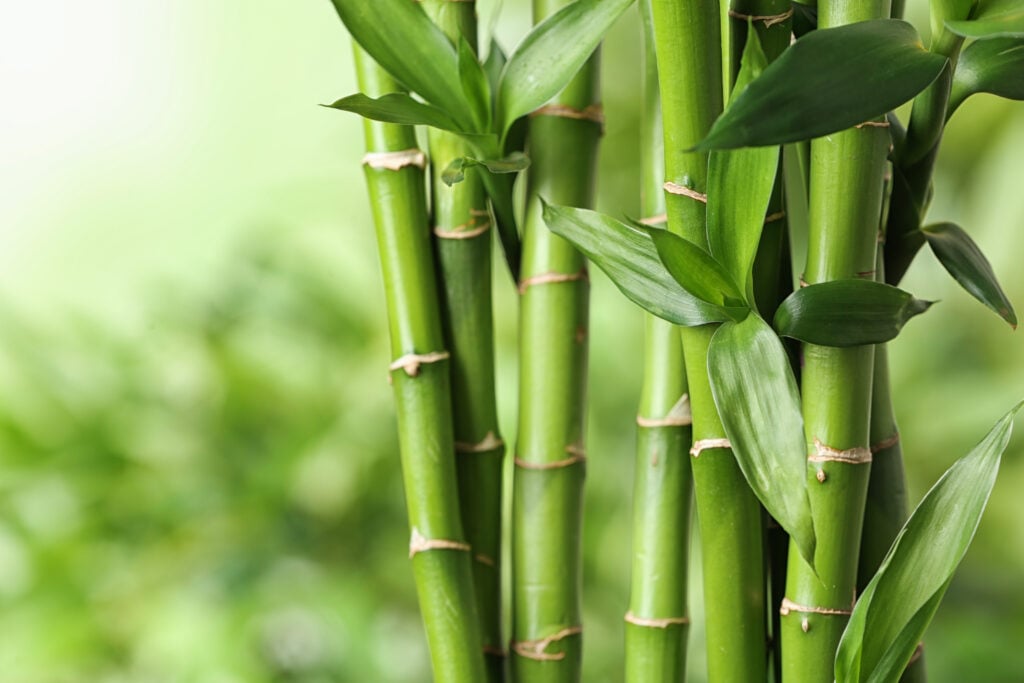
Why it’s better:
- Regenerates without replanting
- Minimal water usage
- Naturally biodegradable
- Visually premium with a low-impact footprint
4. Organic Cotton
Unlike conventional cotton, organic cotton is grown without toxic chemicals, GMOs or synthetic fertilisers. It’s better for soil, biodiversity, and health.
Why it’s better:
- Biodegradable and breathable
- Lower water footprint
- Versatile for both fashion and packaging
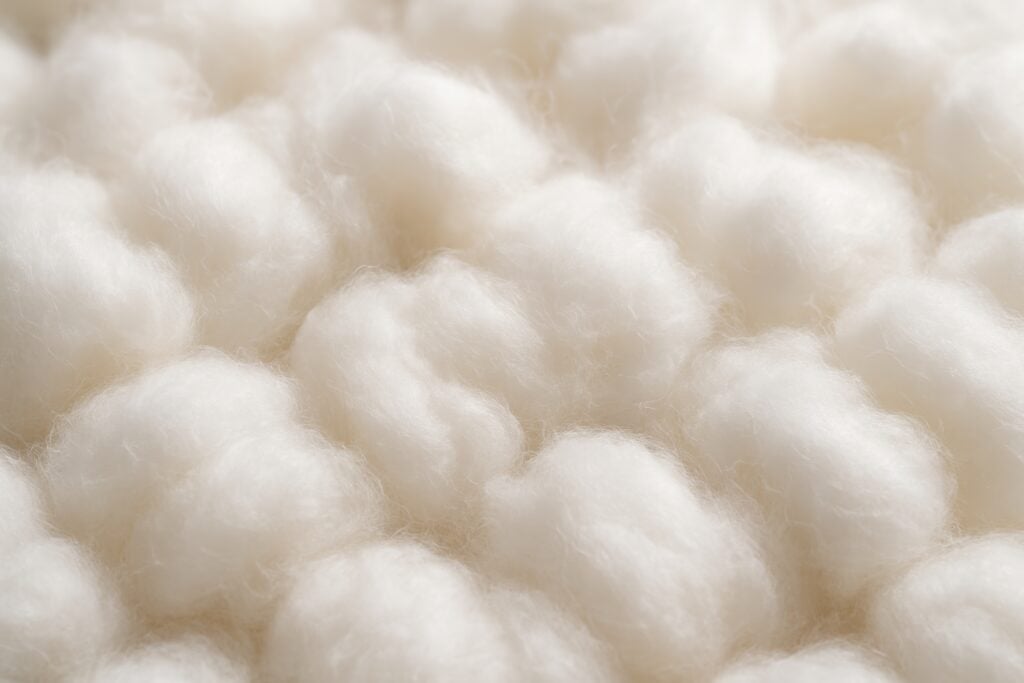
5. Wheat Straw
Wheat straw is the agricultural waste left after harvesting grains. It’s mouldable and durable, making it a great alternative for plastic materials.
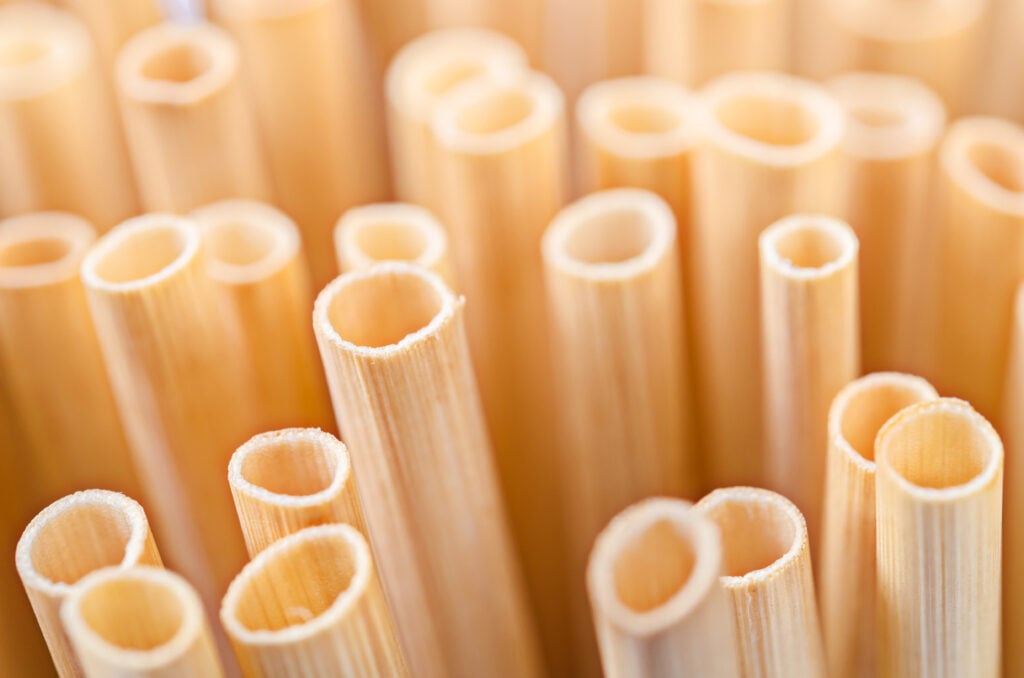
Why it’s better:
- Fully compostable in industrial facilities
- Turns waste into a functional material
- Lightweight and shatter-resistant
- No added chemicals
6. Cork
Cork is harvested from the bark of the cork oak tree without felling it, allowing the tree to regenerate naturally. It is naturally elastic, lightweight, and biodegradable.
Why it’s better:
- Naturally anti-microbial and water-resistant
- Renewable and fully compostable
- Provides a tactile, premium finish
- Great for eco-conscious brand aesthetics
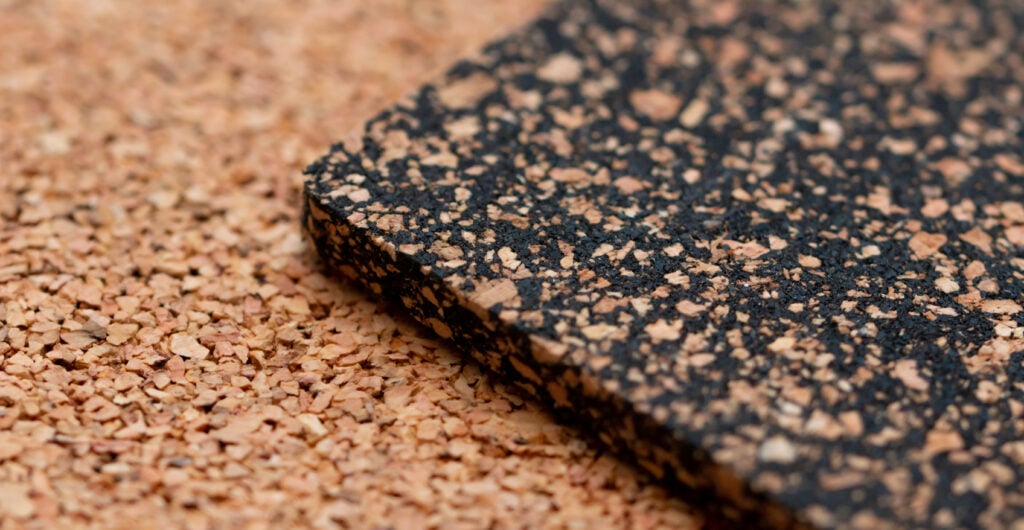
7. PLA (Polylactic Acid) – Bioplastic
Made from fermented plant starches like corn or sugarcane, PLA is a compostable alternative to petroleum-based plastics. It breaks down under industrial composting conditions.
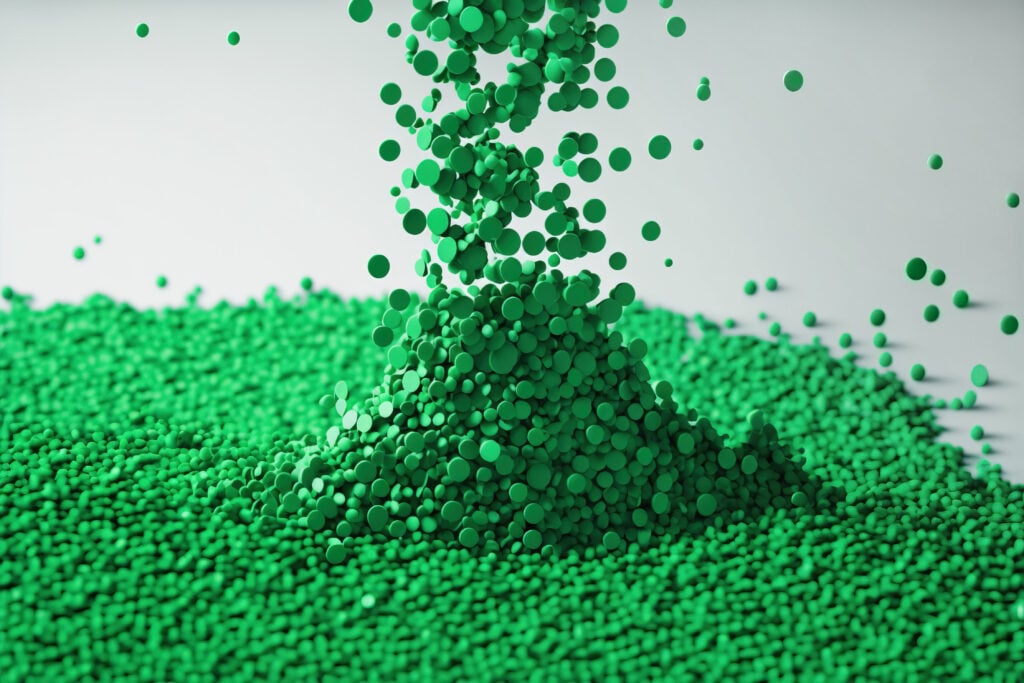
Why it’s better:
- Compostable under controlled conditions
- Made from renewable sources
- Suitable for food-contact and soft goods
- Clear and flexible like traditional plastic
8. Glass
Glass is a durable, non-toxic, and infinitely recyclable material that doesn’t degrade in quality. It’s ideal for replacing plastic in both primary packaging and reusable merchandise, offering a premium feel and long lifespan.
Why it’s better:
- 100% recyclable with no loss in quality
- Inert and non-leaching—safe for food and cosmetics
- Long-lasting and fully reusable
- Conveys premium, sustainable brand positioning
- Compatible with minimalist or zero-packaging concepts
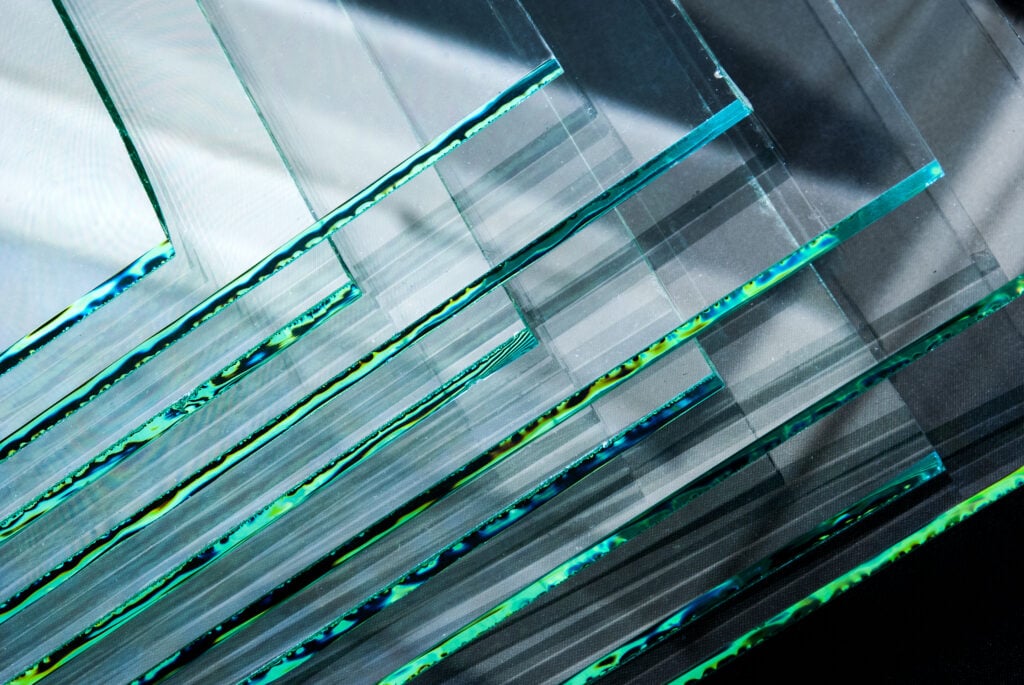
9. Jute
Jute is a natural fibre grown primarily in South Asia with minimal synthetic input. It’s strong, breathable, and 100% biodegradable.
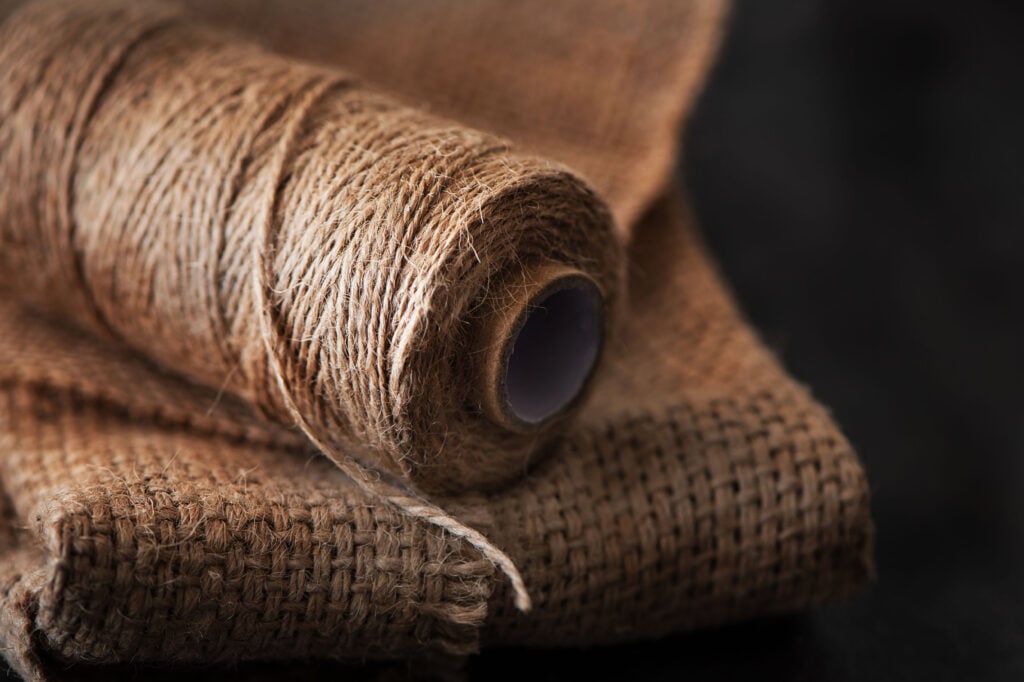
Why it’s better:
- Fast-growing with low water and pesticide use
- Biodegradable and compostable
- Adds a natural, rustic brand look
- Reusable and cost-effective for large-scale programs
10. Ceramics
Made from natural materials like clay and sand, ceramics are durable, reusable, and completely plastic-free. They offer a timeless look and feel, with a long lifespan that supports low-waste, high-impact brand experiences.
Why it’s better:
- Made from abundant, natural materials
- Extremely durable and long-lasting
- No microplastic shedding or chemical leaching
- High perceived value—great for premium promotions
- Reusable for years with no performance loss
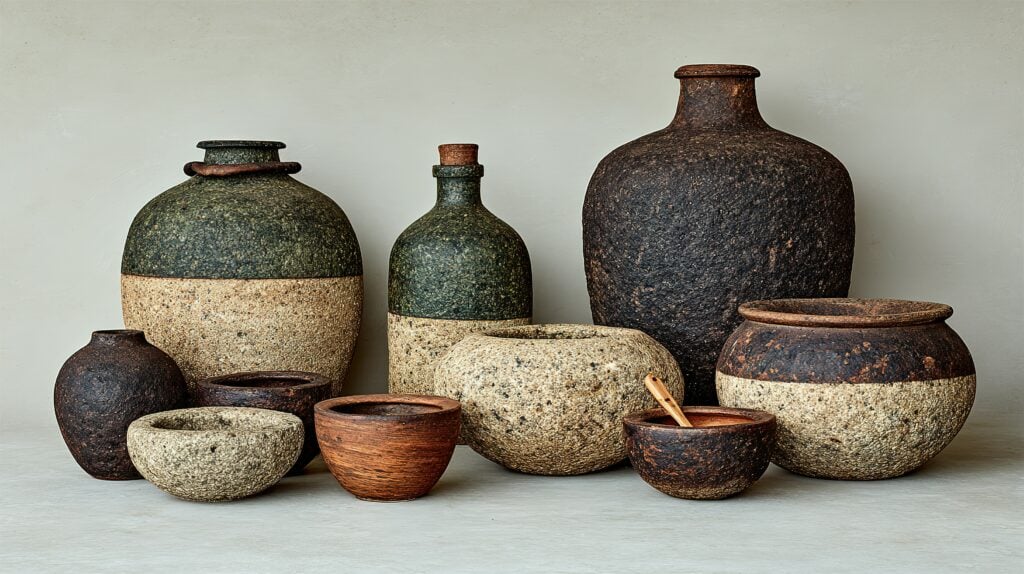
Case Study: McDonald’s Taiwan – A Foldable Bag That Delivers on Sustainability and Style
In April 2025, McDonald’s Taiwan launched a foldable shipping bag made with a 100% rPET body, bringing together sustainability, utility, and eye-catching design. Marketed as a reusable, eco-conscious alternative to plastic, the bag is compact, lightweight, and comes with a practical hook for on-the-go use.
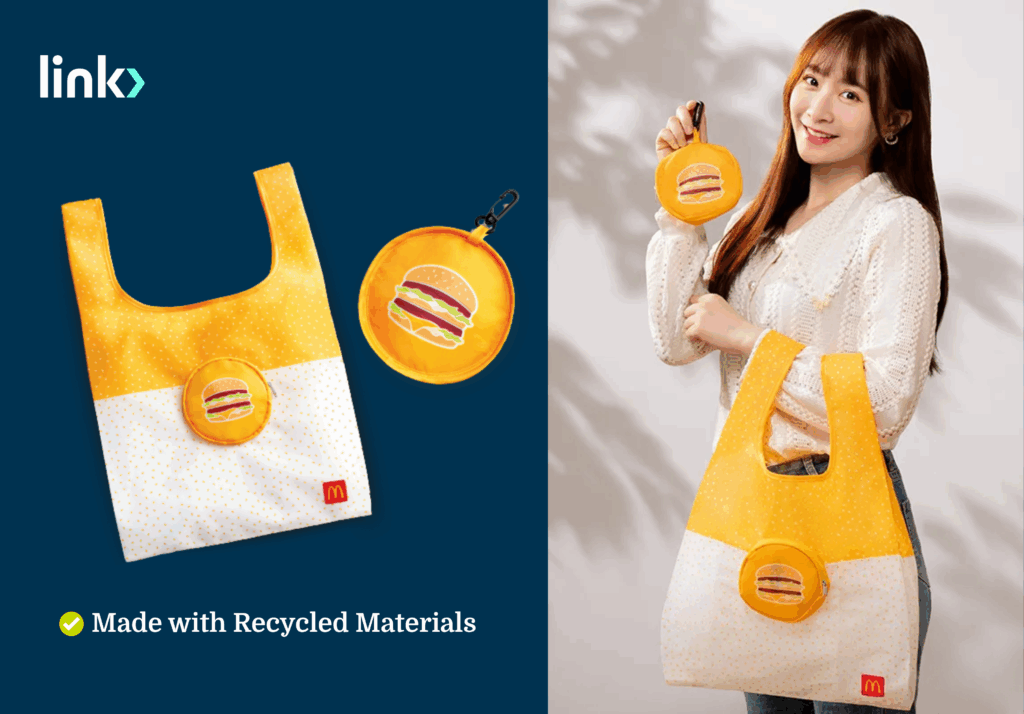
The design features a vibrant, on-brand pattern and generous capacity—making it both a functional tool and a bold sustainability statement. The strong response from the market reflects growing demand across APAC for practical, plastic-free merchandise with visible ESG value.
This activation demonstrates how better material choices—like rPET—can scale across markets and drive both consumer engagement and brand awareness for sustainable sourcing.
Sustainable sourcing isn’t a seasonal campaign. It’s a mindset, and a commitment. At Link, we build solutions that align with your brand values, consumer expectations, and local recycling infrastructure.
As part of our sustainability journey, last year brought tangible proof that better material decisions lead to meaningful environmental outcomes:
- Over 2.3 million polybags eliminated, saving an estimated 18 tonnes of plastic waste.
- Product recyclability increased to 80% across key categories.
From packaging workflows to promotional procurement, we’re here to help you reduce plastic, source better, scale sustainably, and drive positive change. Let’s talk materials that make a difference. Reach out to our ESG & Sustainability Team at [email protected]
Want to go deeper?
We’ve developed comprehensive Sustainable Guides for Materials & Packaging to help our partners make smarter, lower-impact choices across every touchpoint, from packaging to product. Click here to request a copy and start embedding sustainability into your next campaign.

